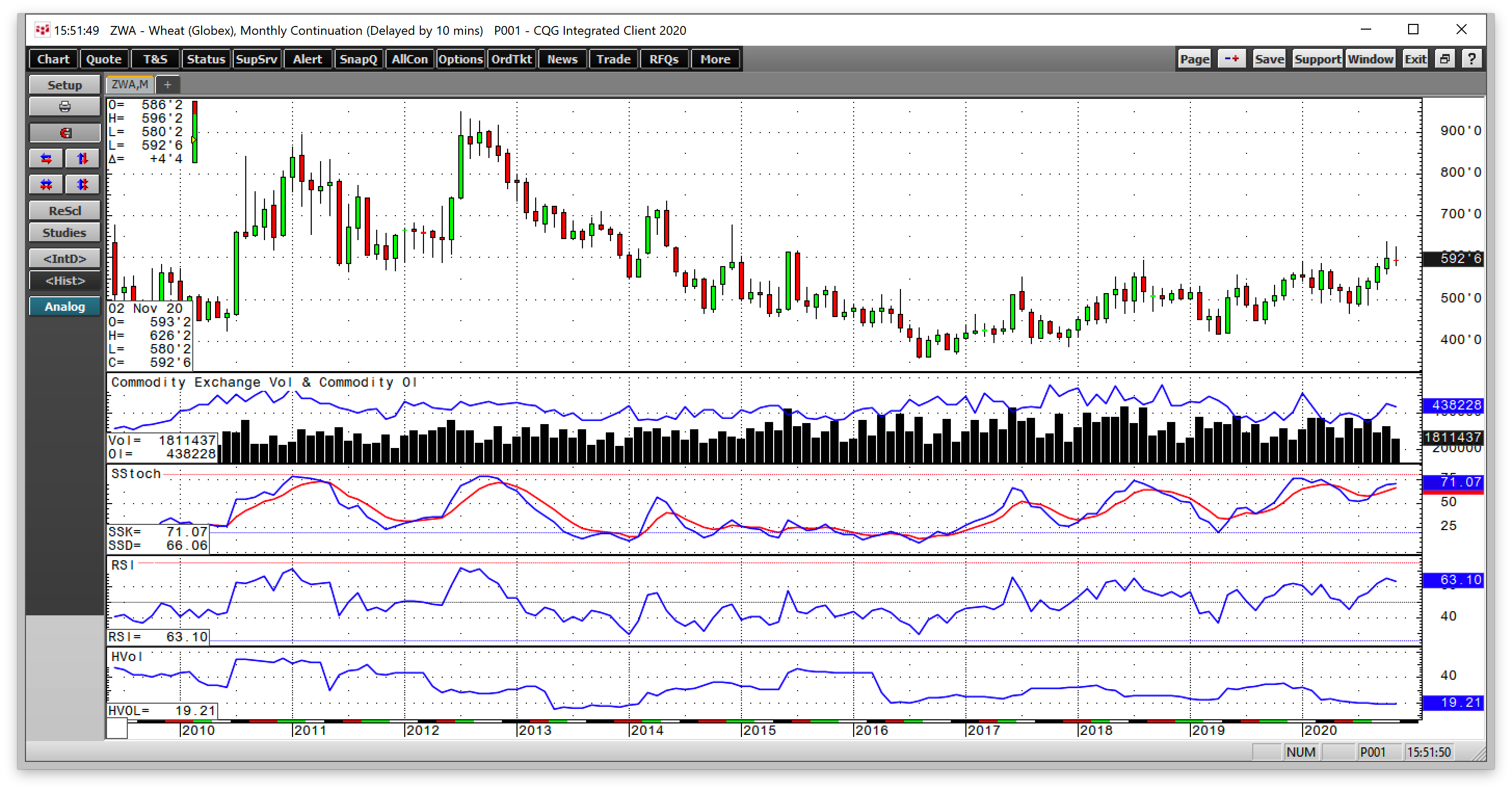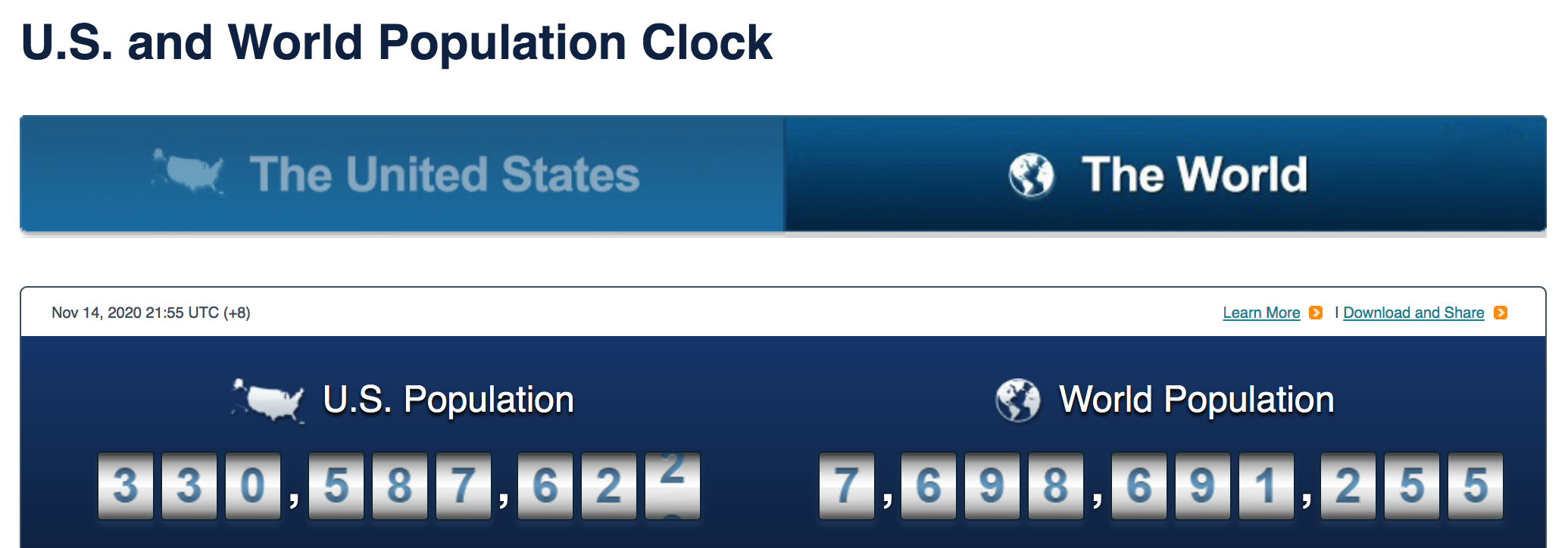- Prices rise to an almost six-year high
- The demand side of the equation favors wheat and other agricultural products
- Each year is a new production adventure
- Levels to watch in 2021
If you ask people what the most political commodity is, the popular answer would likely be crude oil. Indeed, the energy commodity is highly political.
More than half the world’s crude oil reserves are in the Middle East, a highly turbulent region. For decades, instability in the area contributed to price volatility in the oil futures market. In 1990, when Saddam Hussein marched into Kuwait, the nearby oil price doubled in the blink of an eye.
Since the 1970s, US energy policy has focused on independence from Middle Eastern oil. In recent years, technological advances in extracting crude oil from shale regions and a favorable regulatory environment have succeeded in making the US the world’s leading producer. The future of US production will be in the hands of President-elect Joseph Biden and the members of Congress and the US Senate. A greener approach to US energy policy could hand the political advantage back to OPEC, the international petroleum cartel, and Russia.
Still, wheat has a far longer history as a political commodity. As the primary ingredient in bread and other staple food products, populations worldwide depend on annual wheat supplies for nutrition.
Wheat is a matter of national security. For leaders to maintain power, the availability of food is a key requirement. The French Revolution began as protests over bread and food shortages. Rising food prices and supply deficits have fomented uprisings and led to leadership changes throughout history.
The most recent example came during the Arab Spring in 2010 as bread riots in Tunisia and Egypt changed the political leadership across many Middle Eastern countries. When anyone asks me which commodity is most political, my answer is always wheat.
Prices rise to an almost six-year high
Since falling to a low of $3.5950 in August 2016, the wheat futures that trade on the CBOT have made higher lows and higher highs. The CBOT soft red winter wheat contract is the most liquid wheat futures contract and the benchmark for global wheat prices. 
Source, all charts: CQG
The monthly chart, above, shows that wheat futures made another higher high in October, at $6.3820, and was just below the $6 per bushel level at the end of last week. Last month, wheat futures rose to the highest price since December 2014.
The next technical target on the upside stands at $6.77 per bushel. The open interest metric was at the 438,228-contract level at the end of last week, which was above the midpoint of the year in the aftermath of the 2020 harvest in the northern hemisphere.
Price momentum and relative strength indicators were over neutral readings and rising but have yet to enter an overbought condition. Meanwhile, monthly historical volatility at 19.21% was at the lowest level in 2020 and since early 2014. The price action on the upside has been slow and steady. 
The daily chart shows that a significant rally in wheat futures began in late June at $4.7950 and lifted the price of December futures to $6.3825 per bushel last month. On Nov. 10, wheat put in another bullish reversal on the daily chart on the highest volume since mid-February.
The demand side of the equation favors wheat and other agricultural products
The demand side of wheat’s fundamental equation is a function of the addressable market, which is continually growing. Each quarter, the world adds twenty million more people. Each year, there are approximately eighty million more mouths to feed. In 2020, there were more wheat consumers than in 2019, and in 2021 there will be more than in 2020.
At the turn of this century, around six billion people inhabited our planet. 
Source: https://www.census.gov/popclock/
As of Nov. 13, there were almost 7.7 billion wheat consumers globally, more than a 28.3% gain over the past two decades.
The addressable market continues to expand for wheat and all agricultural commodities.
Each year is a new production adventure
While the fundamental equation’s demand side is continually growing, the supply side is a year-to-year affair. The most significant factor for supplies is the weather across the world’s growing regions during each crop season. Wheat prices rose over the past months on dry conditions in some areas of the world. Meanwhile, the latest November WASDE report on Nov. 10 told the wheat market that projected global stocks fell by one million tons but remains at a record high level.
While there is enough wheat to meet global requirements over the coming months, the weather across the globe will determine if that remains the case in 2021. Mother Nature will make the final determination.
The bearish trend in the US dollar against other world currencies adds a bullish tone to the wheat and all commodity markets since the USD is the pricing benchmark for raw material markets. The tidal wave of central bank liquidity and government stimulus during the global pandemic increases the money supply. It erodes the purchasing power of fiat currencies, which is another bullish factor for wheat.
Levels to watch in 2021
If the price action from 2008 through 2012 is a guide for commodity prices, we could see them move substantially higher over the coming months and years. While the global financial crisis in 2008 was far different than the pandemic, central banks and governments have employed the same tools to deal with the current economic environment as they did a dozen years ago.

As the quarterly chart illustrates, CBOT wheat futures rose from $4.2525 in 2009 to successive highs of $8.9325 in 2011 and $9.4725 per bushel in 2012.
The path of least resistance for wheat futures depends on the weather, next year’s crop, and the financial condition of the world because of COVID-19. The next levels to watch on the upside are the 2014 peaks at $6.77 and $7.35 per bushel. The 2012 high at $9.4725 would be the next upside target for CBOT wheat futures.
The all-time high in wheat occurred in 2008 at $13.34.50 per bushel, which played a role in the Arab Spring as high prices caused by low supplies triggered sweeping political change in North Africa and the Middle East.
Wheat remains a highly political commodity. The world depends on the grain that's an essential ingredient for worldwide nutritional requirements.
